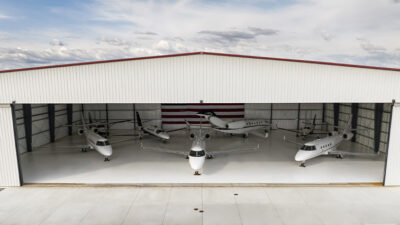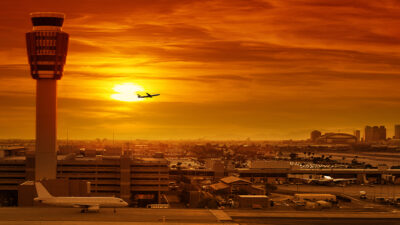Slow Onset Hypoxia Represents the Highest Risk of Fatality: Part 2

The current training standards for rapid or explosive cabin depressurization have served the commercial aviation industry well. Over the last 15 years, there have been numerous high altitude rapid decompression events that have all been handled properly, resulting in safe landings without associated fatalities. This success is attributed to the extensive training resources available to the commercial pilot during initial and recurrent training. The fundamental premise of this hypoxia training is the study of the classic time of useful consciousness table (TUC), where it is taught that at a particular altitude there is a certain time in which the pilot can perform.

However, there is a weak link when it comes to slow onset hypoxia associated with the failure of pressurization on ascent or a slow depressurization at cruise altitude while addressing a primary inflight threat. Since 1999, there have been over 140 fatalities related to this scenario involving commercial, corporate, and pressurized technically advanced aircraft.
Why Slow Onset Hypoxia can be Deadly
When looking at these fatal cases more closely, it can be determined that the cabin ascent rate was not rapid or explosive in nature and actually was slower, occurring over 10‐15 minutes while the pilots were task oriented or possibly task saturated. This emphasizes the danger of slow onset hypoxia, which is defined as a cabin ascent rate of 1,500 feet/minute over a 10‐15‐minute period. In this slow onset model, the signs and symptoms of hypoxia are subtle and if the crew is attentive to ascent-related procedures, it is very easy to become fixated, resulting in loss of consciousness.
It is often assumed by pilots that hypoxia will be easily identified since the signs and symptoms will be quite strong. This is not always the case, as slow onset hypoxia is very insidious. This is further complicated by the fact that the crews are task oriented on the flight deck, especially during the ascent phase of the flight. Of special note is the increased level of fixation that occurs as pilots remain focused on their instruments, often missing the fact that they are having mild symptoms of hypoxia which can be ignored easily. Recent studies have shown that neurocognitive impairment occurs even before the symptoms of hypoxia are recognized. Examples include diminished scanning, memory read‐back issues with air traffic control (ATC), heading and altitude mistakes, and difficulty with way point and frequency changes to mention a few. Therefore, it is imperative that flight crews be able to identify these indicators of impairment and early subtle symptoms to avoid incapacitation.
Safety initiatives driven by safety management services (SMS) departments of flight operations will benefit significantly by reviewing this dangerous phenomenon and determining the appropriate steps to better educate the flight crew about this most dangerous scenario.

SAMI is the prime research institute regarding the phenomena of Slow Onset Hypoxia. SAMI’s decades of research have improved the way aviators around the world prepare themselves for oxygen contingencies. The patented DeSat Training program is the closest possible re-creation of the dynamic and task saturated environment a pilot will face during a pressurization event. This includes a medical understanding of hypoxia, FAA standard mask donning procedures, ATC communication, crew coordination, and post event training—all while operating at true altitudes and utilizing oxygen reserves.
http://www.SAMI-AeroMedical.com
© 2025 Southern AeroMedical Institute. All Rights Reserved.
Next ArticleRelated Posts

Navigating Geopolitical Uncertainty Using Business Aviation
Bigger business jets mean bigger fuel tanks, longer trips, more border crossings, and bigger wallets! With an equipment upgrade also comes the requirement for a knowledge upgrade.

Leadership, Accountability and Your Organization’s Risk Profile
Recent media attention has cast light on the unusual number of aviation system-related accidents, incidents and near-misses that have plagued our industry over the past several months.

